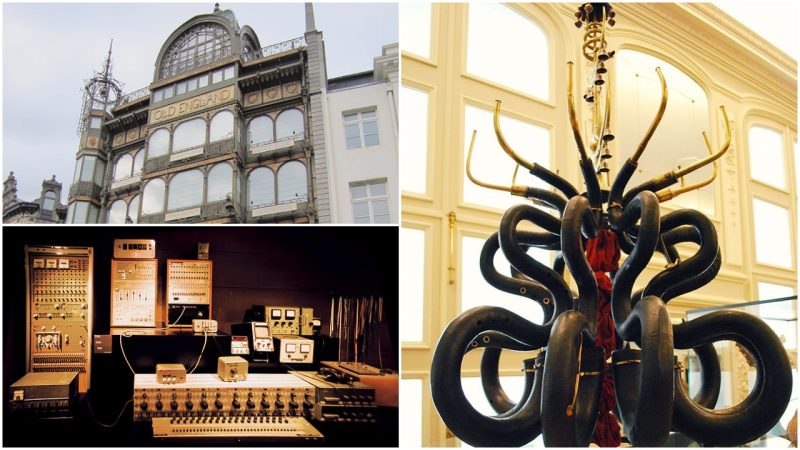If you thought that the Rene Magritte Museum in Brussels was the most extravagant museum to see around this city, think twice; the renowned Musical Instruments Museum (MIM) just across the street certainly makes fair competition.
More than 8,000 instruments are held in the collection of the internationally famous Music Instruments Museum in Brussels. It’s situated in the city center, in what was once an Old England department store, built in 1899 by Belgian architect Paul Saintenoy. It’s made of steel and glass, resembling the Art Nouveau style. Another 18th-century neoclassical building designed by Barnabé Guimard adds to the facilities of MIM.
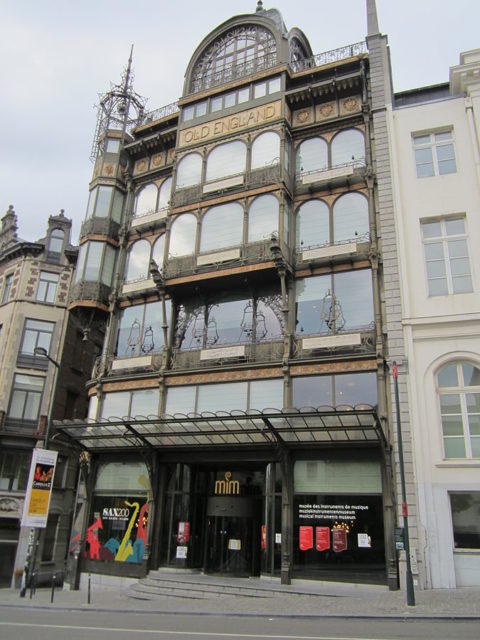
The museum started out as nothing more than a part of the Royal Conservatory of Brussels and had the sole purpose of displaying musical instruments to students. But during the 19th and 20th centuries it grew to become one of the world’s best collections of musical instruments, having some really rare pieces as part of its collection.
The first inflow of instruments to the museum came from India, as Rajah Sourindro Mohun Tagore gave the Belgian King Leopold II hundreds of Indian instruments. That was in 1877. Since then, the collection only continued to enrich.
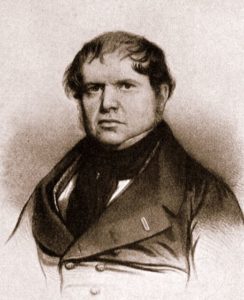
In 1872, the Belgian government purchased the private collection of musical instrument that was in the ownership of François-Joseph Fétis. Fétis was a composer, a teacher, and one of the most influential music critics of the 19th century, and the fact that the government deposited the collection at the MIM was another strong signal that the museum would grow in significance in the coming years.
The most prominent curator of MIM
Victor-Charles Mahillon is the name of the first curator of the celebrated Musical Instruments Museum in Brussels, and also the most prominent one. Mahillon was one of the greatest minds of European musicology. As a musician and writer on musical topics, he managed to build, collect, and describe over 1500 musical instruments during his lifetime.
He also impressively extended the collection of the Museum: hence by the time of his death in 1924, the MIM already had a huge collection of 3,666 articles in its possession. In total, 3,177 of those articles were original musical instruments. By far, this was one of the world’s largest collections of musical instruments at the time.
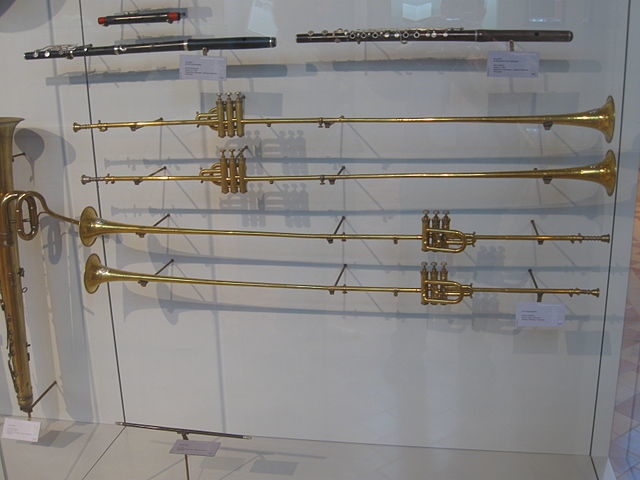
Mahillon was very successful with his work, thanks to his determination and maintenance of good relationships with various philanthropists, donors and Belgian diplomats that received posts in foreign and very distant countries. Therefore, it is no surprise at all that MIM has instruments that originate even from faraway Polynesia, and which are well old over 4,000 years.
In addition, the MIM became the first musical museum to issue an elaborate essay that provided a methodical classification of both ancient and modern instruments.
This essay provided the foundation for Erich Moritz von Hornbostel and Curt Sachs, to create the official system of musical instrument classification that is still in use today.
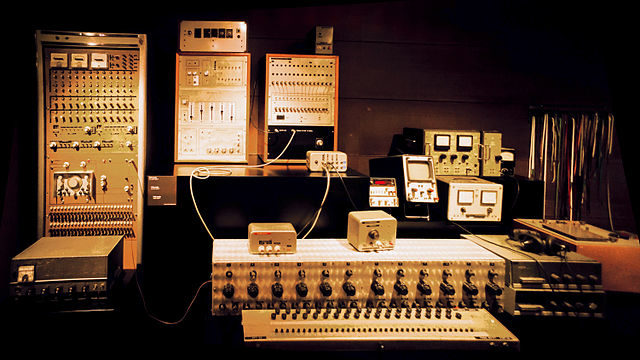
As of 1877, Mahillon further expanded the activities of the museum as he proceeded to open a restoration workshop that will fix damaged instruments, as well as produce copies for the purposes of other open public collections.
Since always Brussels was an important center for musicians
Things took a bit of a downturn after the First World War and the death of Mahillon, as the network of philanthropists, donors, and diplomats who contributed to the museum simply shrank.
Consequently, only 1,000 instruments entered the MIM collection in the period between 1924 and 1968. This also slightly affected the reputation of the museum, but it didn’t last for long.
New energy came with the engagement of the eminent Latinist Roger Bragard, who attracted more investors for the museum, more exhibits, as well as adding some new rare pieces to the collection.
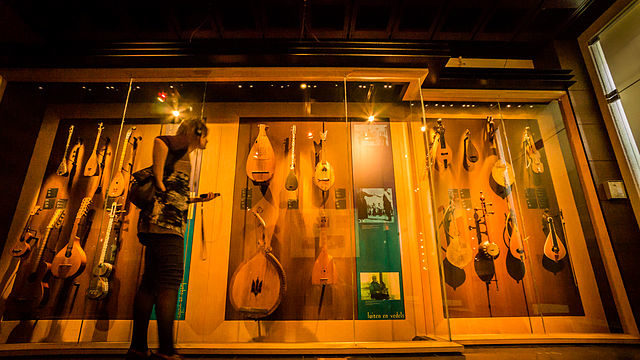
It is not by accident that Belgians have pushed efforts to build and cultivate such a renowned collection of musical instruments. For centuries, Brussels has been a very important center for the musical world. In the 18th and 19th centuries, the city was famous for making woodwind musical instruments such as recorders. It was also the home city of the instrument inventor Adolphe Sax.
Rare Instruments
MIM has managed to fuse in one place the Belgian musical history, the wider European musical traditions, as well as the non-European heritage.
In the basement of the building, visitors can stumble upon some astonishing mechanical instruments from all around the world. There are pieces which were originally brought from China or Egypt, and that look as if they were taken out from some episode of the Star Trek series.
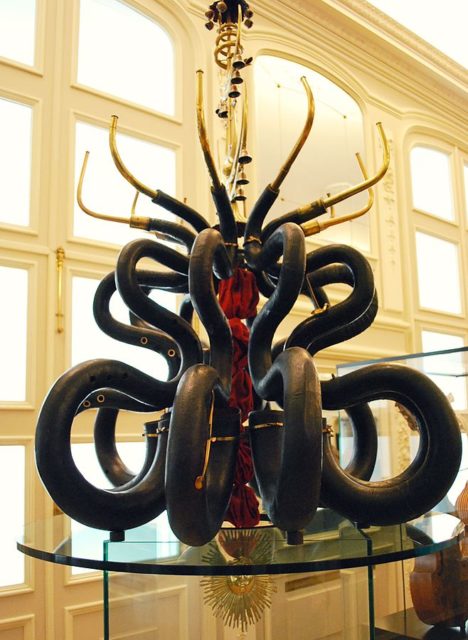
The ground floor and the first floor display traditional instruments and modern orchestral instruments. The second floor is dominated by keyboard and stringed instruments, in what is one of the richest collections of this type on the European continent. Some keyboard instruments of the collection originate from the 16th century.
In addition, music enthusiasts can enjoy some really notable pieces that were invented by Adolphe Sax, other pieces that belonged to the famous recorder Rottenburgh Alto, a unique set of gigantic Chinese stone chimes, as well as the only existing copy of the luthéal, an instrument that was used by Moris Ravel.
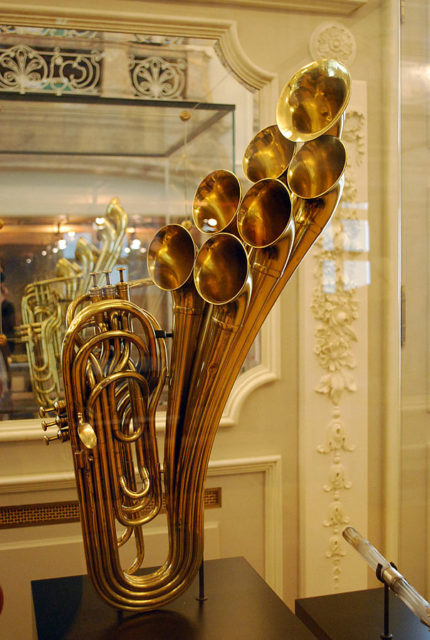
To make the experience more memorable, visitors are given infrared headphones so they can tune in and listen to each of the musical extracts of the instruments on display.
Read another story from us: Experimental and obscure musical instruments from the bygone era
To date, MIM remains one of the most valuable and wealthiest collections of musical instruments in Europe and indeed the world.
